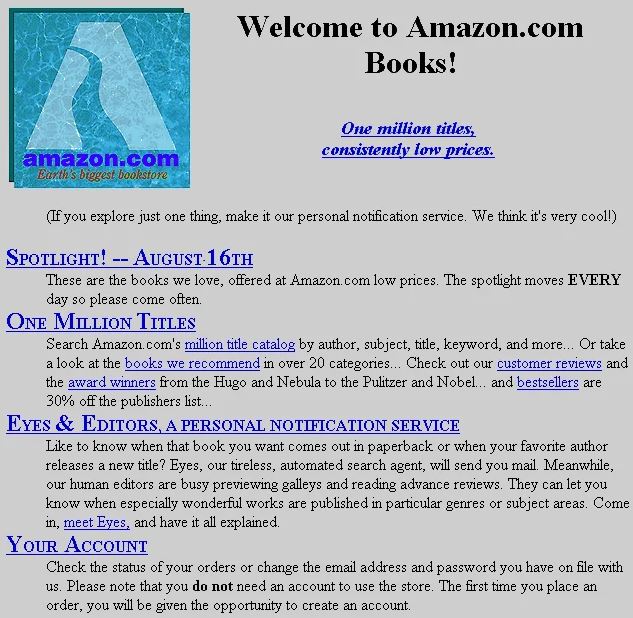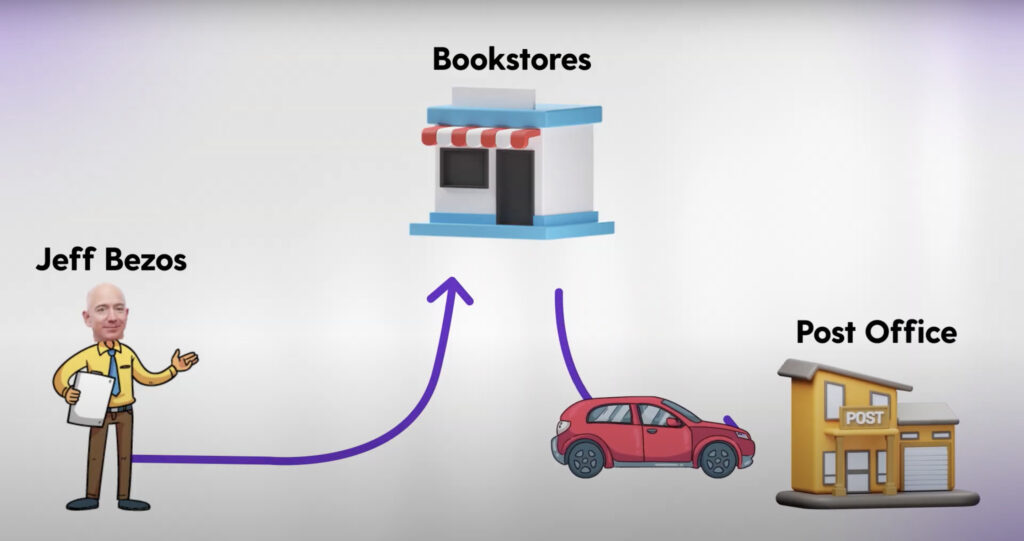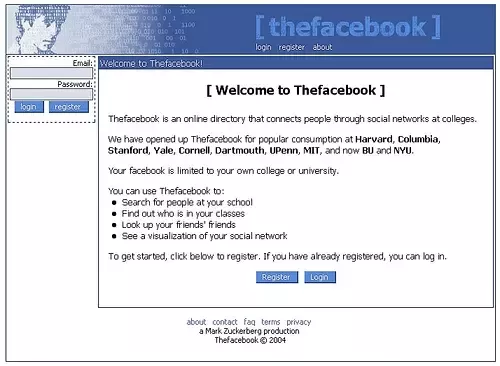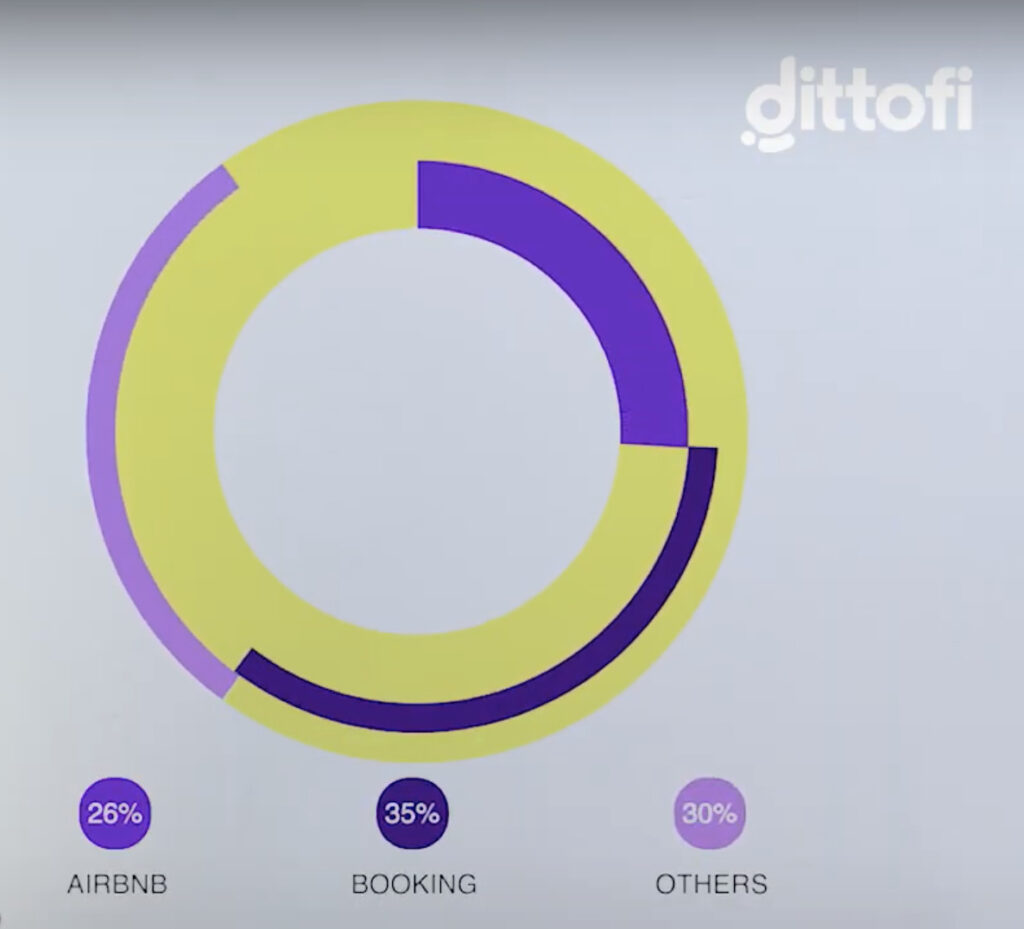Most startups do not succeed: more than two thirds fail to deliver a positive return to investors.
But why do so many startups fail?
In the last 12 months, my team and I have developed more than 100 apps for a broad range of startups.
Having been involved with so many startups I have noticed that startups tend to succeed and fail for largely the same set of reasons.
Although I do not profess to know exactly which startups will succeed or fail, I can predict with 100% certainty those startups will have a harder time than others.
In this article, I go over the top 5 reasons why startups fail (from my own personal experience). Having knowledge of these common pitfalls will not ensure your startup success, but it will definitely give you a better chance of success.
The top 5 reasons why startups fail include:
1. No one needs the product
The number 1 reason why startups fail is that no one needs the product that is being developed.
This is sometimes very hard for first time founders to appreciate. However, fundamentally, no one needs another app. What they need is a solution to a problem that they are facing. If you build a solution to a problem that you are facing, this might eventually become an app. However, the most successful startups begin by searching for a problem that is faced by a particular group of people.
Once the startup has located a group of people who have a real world problem, successful startups will design a very simple solution for this target audience. Oftentimes this solution is a combination of technology and manual process. For example, when Amazon started, their target audience was people who wanted to buy books online. To enable this, they developed a very basic solution that allowed people to browse an online catalogue of books and place orders.

Once an order had been placed, Amazon’s founder, Jeff Bezos would then drive from his house to a local bookstore where he would buy the book that had been bought online. After this, he would drive to the post office and mail the book to the person who purchased the book.

As you can see, this solution solved a problem for people who wanted to books online. Of course Amazon has evolved since they released version 1, however their manual solution allowed Amazon to design a process that they could later improve with more technology.
To learn more about how Amazon built their app, read “How Amazon designed, launched, iterated and scaled their MVP“.
2. Startups fail when they build too much technology too soon
The second major reason why startups fail is that startups build too much technology too soon.
Technology only exists to automate an existing process. Therefore, before you jump into building a complex technological solution, you need to think very carefully about what process you are automating and, which target audience wants this process to be automated.
To do this, you need to speak with your target audience and find out how this audience is solving the problem today. The reason for this is that, if the problem really exists, people are already solving the problem. The way they are solving their problem may be offline, or by using a manual or analog process, but they will already be solving this problem in some way.
Take for example Facebook.
Before it social media, people were already connecting with friends and family, sharing updates, and networking, but they were doing so in more fragmented, analog ways—through email, phone calls, and in-person interactions. Facebook didn’t create a new need; it simply streamlined and automated an existing process, making it more efficient and scalable.

Once you have identified how your target audience solves their problem today, the next step is to go away and design a solution which is one tiny atomic unit better than the current solution on the market. After this, you will test out your product on that target audience.
All successful startups began this way, from Apple through to OpenAI. For instance, Apple who started out with Apple I. The Apple I looked to improve on the existing DIY computer kits such as Altair 8800, which were sold to hobbyists. Apple I did this by offering their customers pre-assembled and fully functional motherboards, making computers more user-friendly and accessible. Meanwhile OpenAI improved on traditional machine learning models.
3. Startups fail when they don't run product experiments
The third main reason why startups fail is that startups fail to run product experiments. A product experiment is a controlled test designed to validate assumptions about your product, features, or user behaviour.
Running a product experiment essentially involves creating a new product or feature and then releasing this to your target audience. Before release you define a minimum criteria of success. For instance, you might say something like, “this product is going to be considered a success if 10 people out of 100 visitors sign up to the product”. In this case, the number ten is the minimum criteria of success. If you were to release your product and get anything less than 10, this may indicate that your product idea is not a good one and therefore you could consider pivoting your concept.
Note* pivoting is not the same as iterating. Pivoting is when you totally switch the direction of your startup, maybe by changing your target audience. In contrast, iterating is when you improve your product for a particular target audience.
When designing product experiments, it is important to keep the cost of building the product or feature as low as possible. This is because there is no guarantee that the market is going to react well to your product experiment. So if you end up spending 6 months developing your product, then you launch it and no one shows up, you may end up throwing away a lot of work.
For this reason, founders often start by using no-code platforms like Dittofi to rapidly develop version 1 of their app, without needing to hire expensive developer.
It is also a good idea to keep the number of features limited in version 1 of your app because, the more features that you include, the more expensive it becomes to maintain and add new features to your product. Therefore, it is better to have a contained product that does exactly what it needs to do to solve the problem for your target audience and no more, rather than a large, bulky product that does a lot of things that are not required.
To learn how to structure a product experiment, check out Dittofi’s idea validation board.
4. Startups think that their product is for everyone
The fourth major reason that startups fail is that startups think their technology is for everyone.
No technology in the world is for everyone. For instance, Amazon is not in certain countries in the world, this means that Amazon is not for everyone.
Similarly, although apps like Airbnb are very popular, Airbnb is not for everyone. Airbnb is only for people who want an affordable alternative to staying in a hotel. In fact, Airbnb only represents a fraction of the total market for travel accomodation.

Startups fail when they try to target many different audiences all at once. This is because, each target audience requires a different set of marketing channels in order to find that target audience. You will also need to create different ads and content in order to attract that target audience. For example, this article is targeted at startups. My goal of this article is to demonstrate that I am experienced in building startups so that you will check out other parts of my website and eventually engage with my team who will be able to help you build your startup. It is unlikely that a person who is uninterested in startups is reading this article.
If I was to target SMEs and Enterprises, I would have to create a different type of content to attract these businesses. Nowadays I can do this because I have a larger team than when I started Dittofi. But as you can surely see, targeting multiple audiences all at the same time requires more resources.
If you have multiple target audiences, you will also need to create slightly different user experiences for each type of user for your tech. This is also expensive and will again require more resources.
Startups tend to fail when they start by targeting multiple audiences all at once.
When startups target lots of target audiences all at once, they end up building a solution that solves a lot of problems very badly and no problems well. This means that over time, you will have lots of people signing up to your platform, these people will use your platform for a little bit and then churn out of your solution. The graph below illustrates why it is so hard for startups to get momentum when users are constantly churning out of their product.

If you are not already convinced, let’s take a quick look at some startups that succeeded and check out how they started:
- Airbnb offers a range of travel related products such as trips, accommodation and so on. However, Airbnb started by targeting people who needed a place to stay during events that created high demand for short term accommodation.
- Amazon is now the marketplace that sells everything. However, Amazon started by targeting people who wanted to buy books online.
- Facebook is one of the mostly widely used apps in the world. However Facebook started by targeting students at Harvard.
- Etc. etc. etc.
All of these platforms later expanded into much wider markets. But they all started by focusing on one particular niche.
It is really hard to find your initial target audience. Of course if you have $10 million of investment you can probably hire people to think for you. But this is not what startups are about. As one of my angel investors once said to me, “the enemy of art is the absence of limitation”. Although I later found out this is a quote from the American Film Director, Orson Welles.
5. High cost of customer acquisition
The fifth main reasons why startups fail is high cost of customer acquisition.
You could probably broaden this reason to say that startups fail because they fail to track key business metrics. However, from my experience, the issues shows up most regularly in the form of high customer acquisition.
This reason for why startups fail can be really upsetting, especially if you are the founder. This is because it can kill a product that actually solves a real problem and that people are using.
The problem of high customer acquisition shows up because, once a startup has developed their product, the startup next goes out and spends money in trying to find new users. At this point, you need to setup ways to monitor how much it costs you to acquire new customers. If your customers cost you more than they spend on your platform, this is not going to be very sustainable. Generally speaking, startups monitor this by considering their customer Life-Time Value (LTV) vs their Cost of Customer Acquisition (CAC). This is also known as the LTV / CAC ratio.
If you LTV / CAC is less than one then this means that your customers are spending less money on your product than it costs you to acquire the users. If this happens to your startup, there are ways that you can lower your CAC and increase you customer LTV. However, to start to fix this, you first need to know what your business metrics are.
Conclusion: Why startups fail
Startups fail for a whole bunch of different reasons.
However, the reasons set out in this article are the top 5 reasons why startups fail that I have personally come across. These are:
- No one needs your product
- Startups build too much technology too soon
- Startups don’t run product experiments
- Startups think that their product is for everyone
- High cost of customer acquisition
If you are looking to build a startup, I would strongly advise trying to internalize these reasons for why startups fail. This will help give you a framework for what to do when confronted with a decision on where to take your startup.
The next step to buildng a startup is to define your problem and target audience. We will be creating a video and blog article that sets out how to do this shortly.
There are lots of things that we didn’t cover in this artilce. However, so I recommend checking out some of the other content on our site. You can also book a call with one of our startup consultants and they will be able to help guide you.
From all of us over here at Dittofi, we hope that this article helps… and happy building 🙂
Become a Marketplace Insider
Join our inner circle for exclusive insights, coveted trade secrets, and unparalleled strategies – your journey to marketplace dominance begins here.
